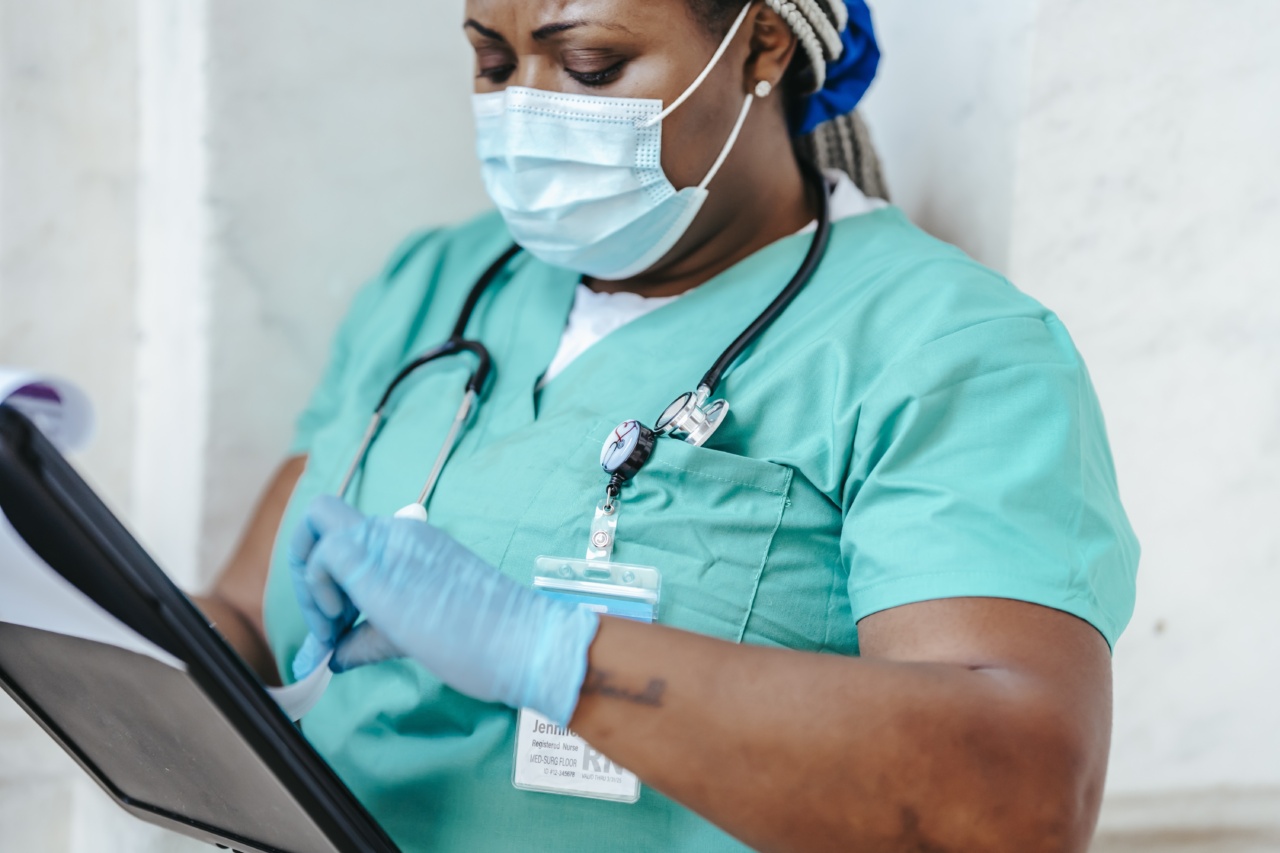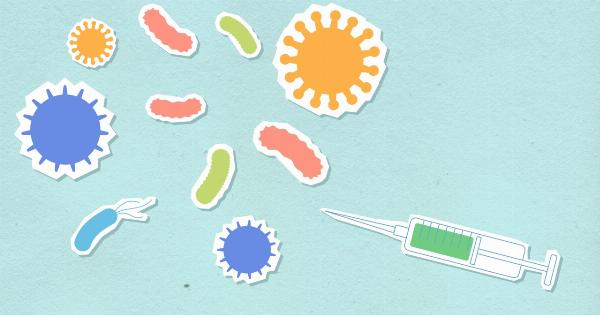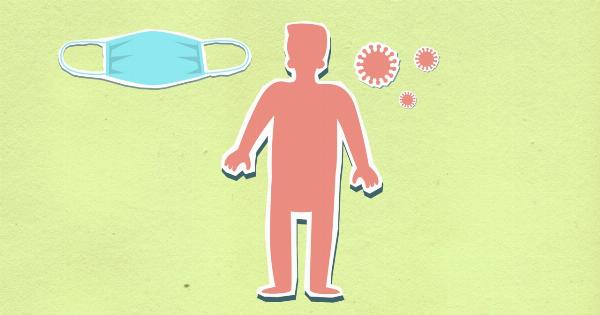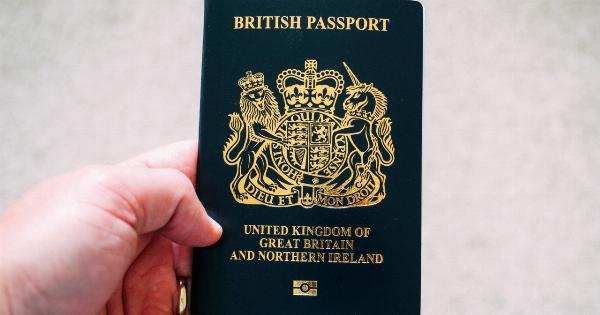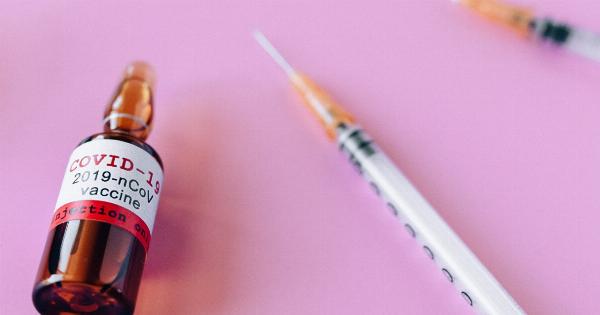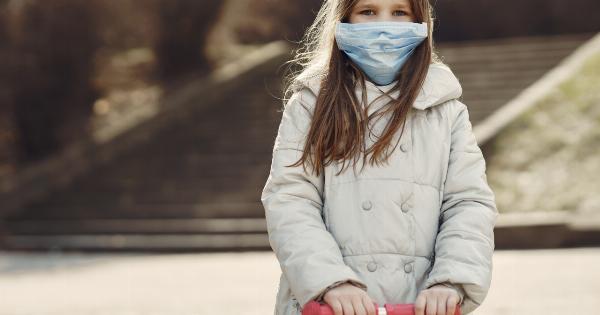Viruses are tiny infectious agents that can replicate within living cells of organisms. They are known to cause mild to severe respiratory illnesses, and some may even lead to fatal outcomes.
In light of the current coronavirus pandemic, it has become more important than ever to be wary of peak hours for virus infections, especially since social distancing and other precautionary measures have become the norm.
What is a virus?
A virus is a tiny infectious organism that can only replicate within living cells. They can infect animals, plants, and microorganisms and even cause human illnesses such as the common cold, flu, and COVID-19.
Unlike bacteria, which are considered living organisms, viruses do not have cells of their own and require a host’s cell to multiply.
Peak hours for virus infections – what does it mean?
Peak hours for virus infections refer to the period in which the virus is most prevalent and can easily spread. The factors that contribute to peak hours for virus infections may differ depending on the virus’s nature.
However, some general factors that may lead to peak hours are:.
- Presence of large crowds
- Inadequate ventilation systems
- Lack of proper sanitation
- Exposure to a higher concentration of the virus itself
Which viruses have peak hours?
Several viruses can have peak hours, including:.
- Influenza virus
- Rhinovirus (responsible for causing the common cold)
- Respiratory Syncytial Virus (RSV)
- Severe Acute Respiratory Syndrome (SARS-CoV)
- Middle East Respiratory Syndrome Coronavirus (MERS-CoV)
- Novel coronavirus (SARS-CoV-2/COVID-19)
: Influenza virus
Influenza virus is known for causing seasonal flu. It typically peaks during the winter season, from November to March in the US. The virus spreads through the air when an infected person talks, coughs, or sneezes.
It can also spread by touching contaminated surfaces and then touching the mouth, nose, or eyes.
: Rhinovirus
Rhinovirus, responsible for causing the common cold, tends to peak during the fall, spring, and summer seasons. The virus can spread through the air when an infected person talks, coughs, or sneezes.
It can also spread by touching contaminated surfaces and then touching the mouth, nose, or eyes.
: Respiratory Syncytial Virus (RSV)
RSV is a common respiratory virus that causes cold-like symptoms. It tends to peak from November to April in the US and spreads via respiratory droplets when an infected person talks, coughs, or sneezes.
It can also spread by touching contaminated surfaces and then touching the mouth, nose, or eyes.
: Severe Acute Respiratory Syndrome (SARS-CoV)
SARS was a type of coronavirus that caused a severe respiratory illness in people. It emerged in 2002, and the outbreak was controlled by the end of 2003.
SARS-CoV was considered a high risk for humans and tended to peak from November to April in the northern hemisphere. The virus spread through respiratory droplets when an infected person talks, coughs, or sneezes.
: Middle East Respiratory Syndrome Coronavirus (MERS-CoV)
MERS-CoV, like SARS, is also a type of coronavirus that caused severe respiratory illness in people. It emerged in 2012 and was believed to spread from animals to humans.
MERS-CoV peaked in the summer months, primarily from May to June and then again from August to September. The virus spread through respiratory droplets when an infected person talks, coughs, or sneezes.
: Novel coronavirus (SARS-CoV-2/COVID-19)
SARS-CoV-2 is a new type of coronavirus that emerged from China in late 2019. It causes a highly infectious respiratory illness known as COVID-19.
The virus is thought to spread mainly through respiratory droplets produced when an infected person coughs, sneezes talks, or breathes. Initially, there were concerns that the virus would peak during the cold season in the northern hemisphere. However, the virus’s highly transmissible nature has led to the widespread spread, and there is no definitive peak period yet.
How to protect yourself during peak hours for virus infections?
There are several ways to protect yourself during peak hours for virus infections, including:.
- Maintain social distancing
- Wear a mask or face covering in public settings
- Wash your hands frequently with soap and water
- Use hand sanitizers with at least 60% alcohol when hand washing is not possible
- Avoid crowded public gatherings
- Avoid touching your face with unclean hands
Conclusion
Viruses can be present at any given time of the year. However, peak hours for virus infections can vary depending on factors like the virus type, the presence of crowds, or inadequate ventilation systems.
During peak hours, increased vigilance and adherence to safety measures can go a long way in preventing virus infections. Regular hand washing, social distancing, and wearing masks are essential preventive measures that can help people stay safe.
